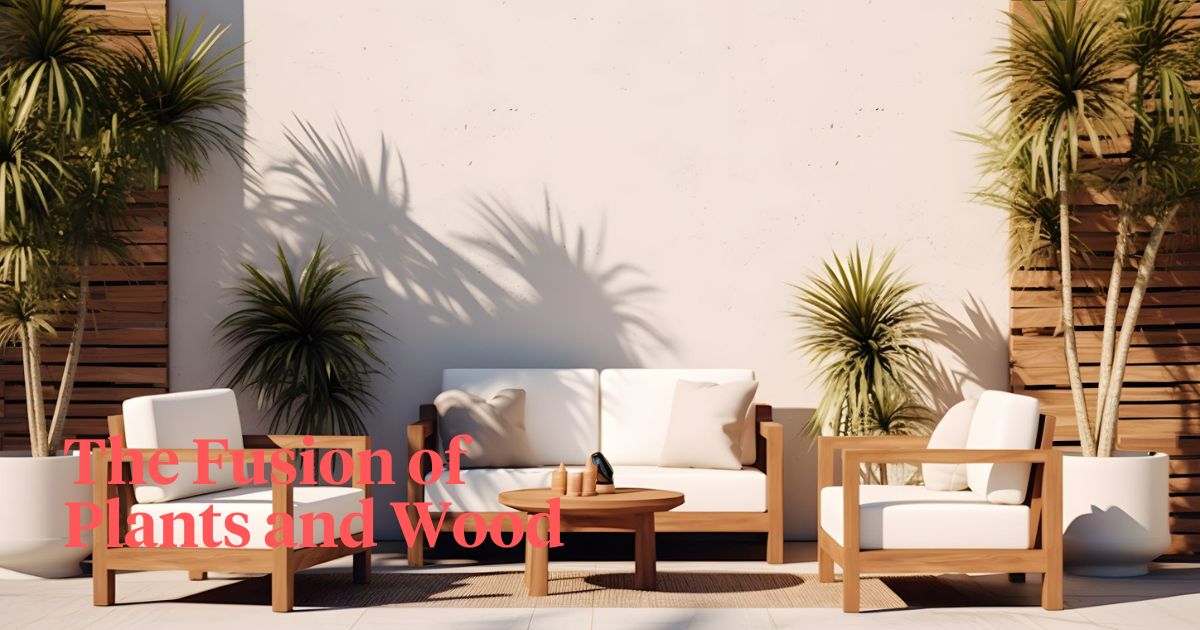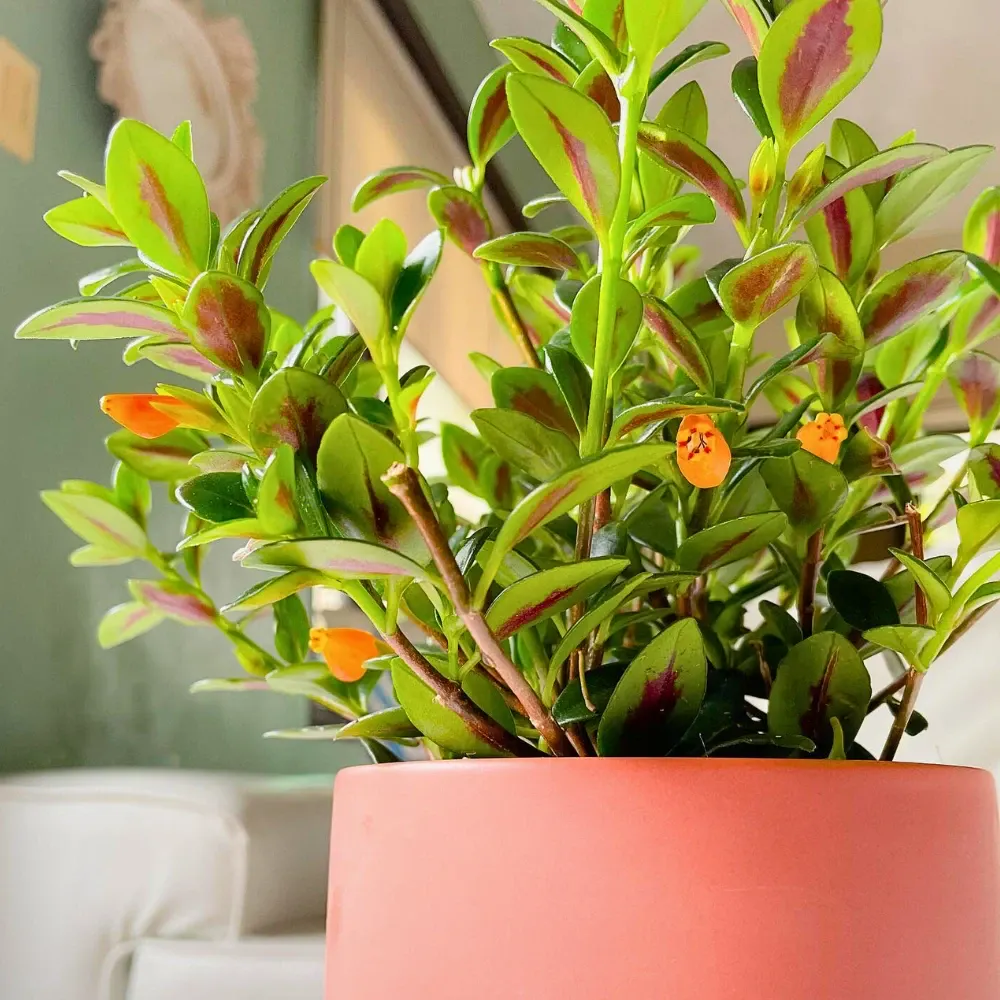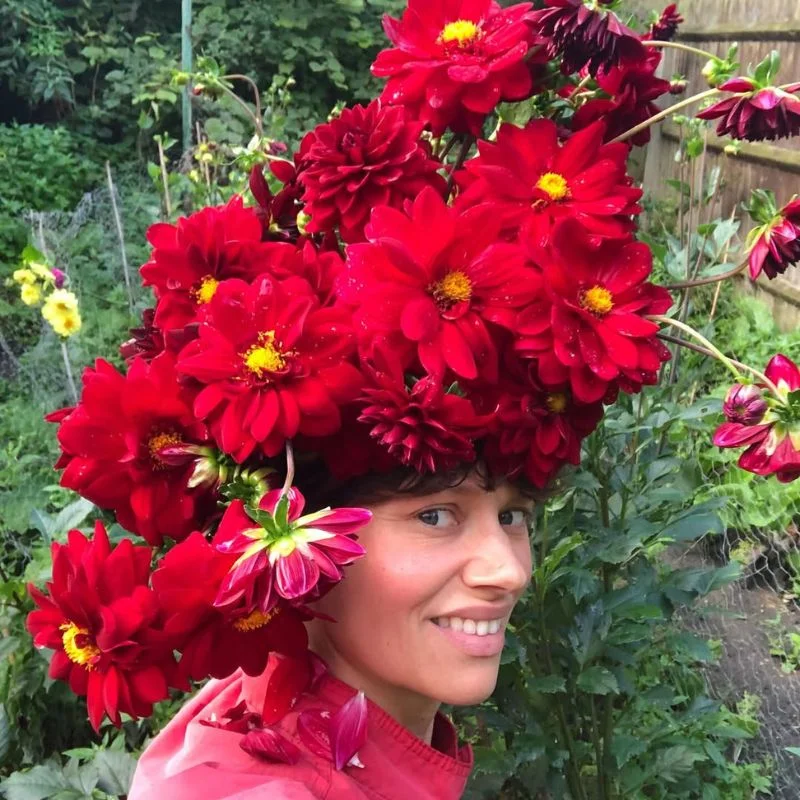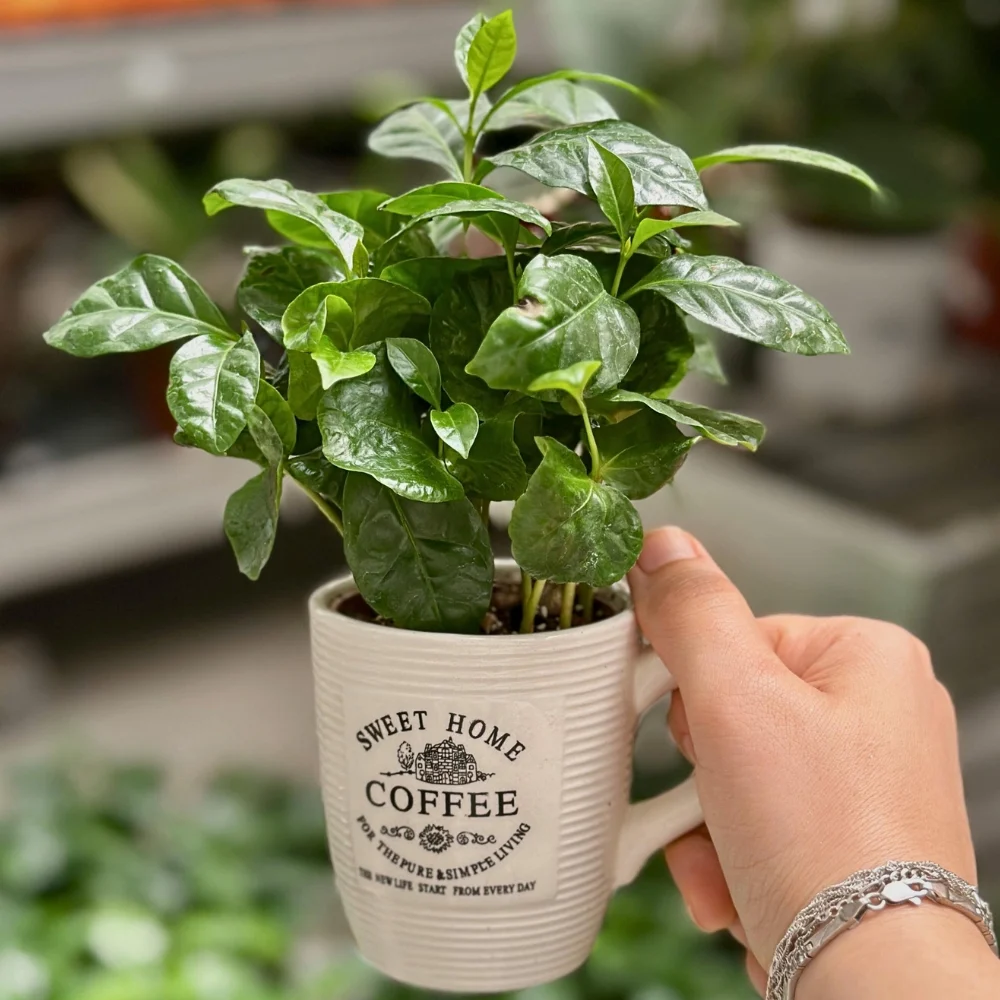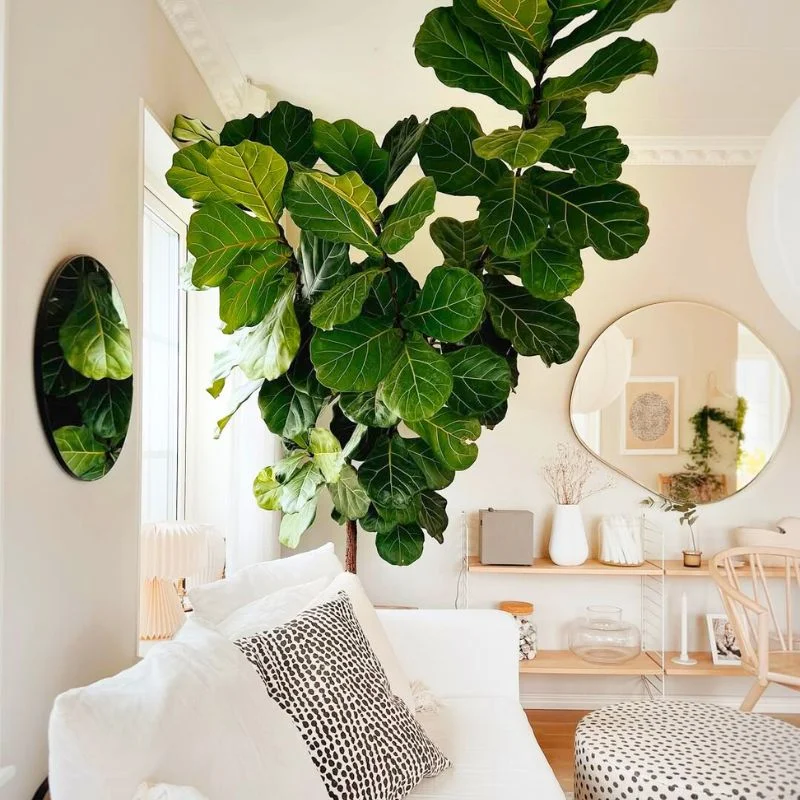The fusion of plants and wood in interior design is more than a fleeting trend; it's a transformative approach to living spaces. Incorporating these natural elements offers undeniable aesthetic appeal, seamlessly merging form with function. But the benefits extend beyond mere beauty. Plants contribute to cleaner air and heightened well-being, while wood adds warmth and durability.
The objective of this article is straightforward: to provide a guide on how to skillfully integrate plants and wood in your interiors, enhancing both your home and quality of life.
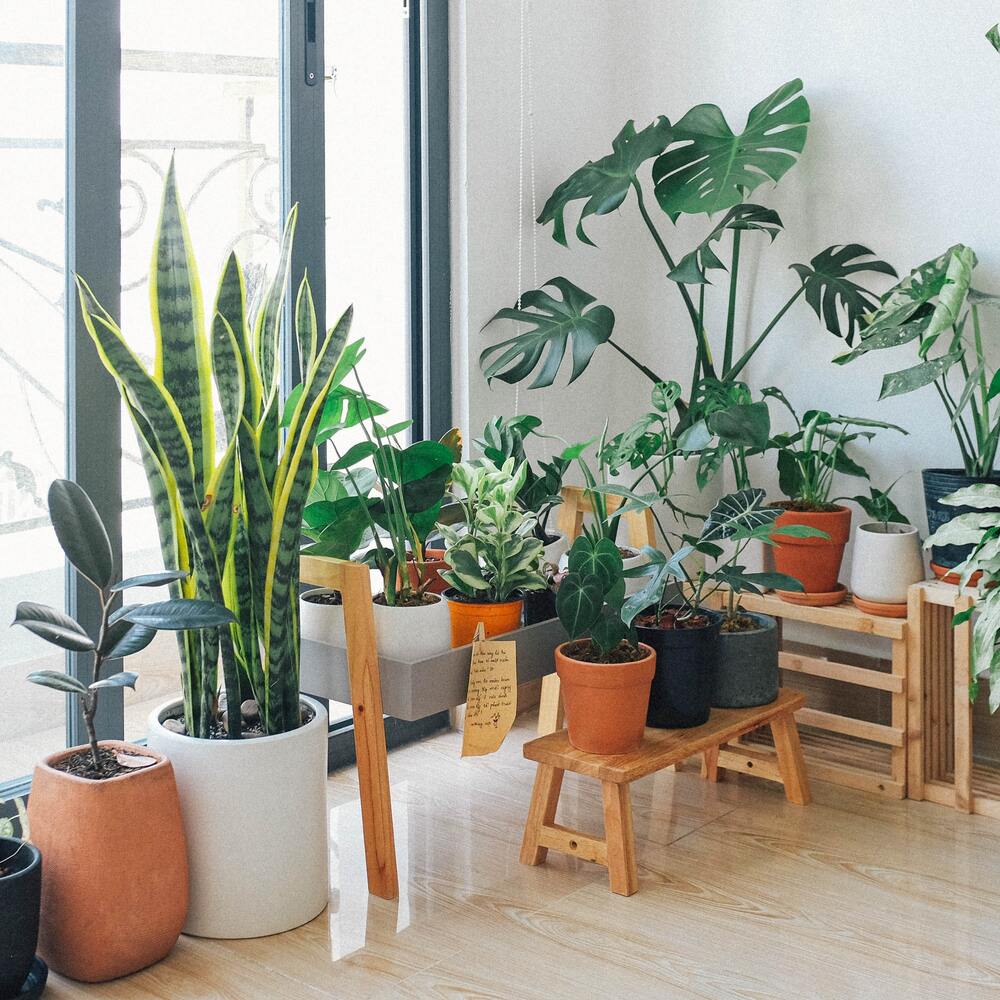
Importance Of Natural Elements
Nature has an innate capacity to humanize our living spaces, turning houses into homes imbued with character and vitality. It's not just an aesthetic choice; it's a commitment to wellness and a more authentic lifestyle.
The advantages of incorporating plants and wood in interiors extend into the realm of psychology. Plants have been scientifically proven to reduce stress, improve mood, and even enhance cognitive function. The color green, prevalent in plant life, is associated with tranquility and emotional balance, providing subtle cues to relax and breathe.
Wood, too, offers psychological benefits that are often overlooked. The texture and color of wood can evoke a sense of calm, grounding us in an environment that feels both organic and authentic. It's no wonder that many wellness centers and mindful living spaces prominently feature wooden elements.
Types Of Wood And Their Features
Wood isn't just wood; there are distinct types, each with its own set of characteristics, ideal uses, and impact on your living spaces.
- Hardwoods
When it comes to furniture and flooring, hardwoods reign supreme. Species like oak, walnut, and maple offer a compelling blend of strength and elegance. Known for their longevity, hardwoods are the ideal choice for items that need to withstand the test of time.
If you're considering hardwood flooring, remember that the best way to ensure your investment is produced with handcrafted precision is to purchase from a trustworthy domestic supplier.
- Softwoods
Softwoods, such as pine, cedar, and spruce, are generally less dense than hardwoods, making them easier to work with for certain types of projects. Due to their softer nature, these woods are often used for decorative items, wall paneling, and sometimes even lightweight furniture. While they may lack the durability of hardwoods, softwoods offer a distinct, rustic charm that complements indoor plant life remarkably well.
- Reclaimed Wood
For the environmentally conscious homeowner, reclaimed wood presents an eco-friendly alternative without compromising on style or integrity. This wood is salvaged from old buildings, ships, or furniture, and repurposed for new construction or design projects. Choosing reclaimed wood offers a rich aesthetic and supports sustainability by reducing demand for new timber.
The type of wood you choose will significantly influence both the aesthetic and functional aspects of your interior.
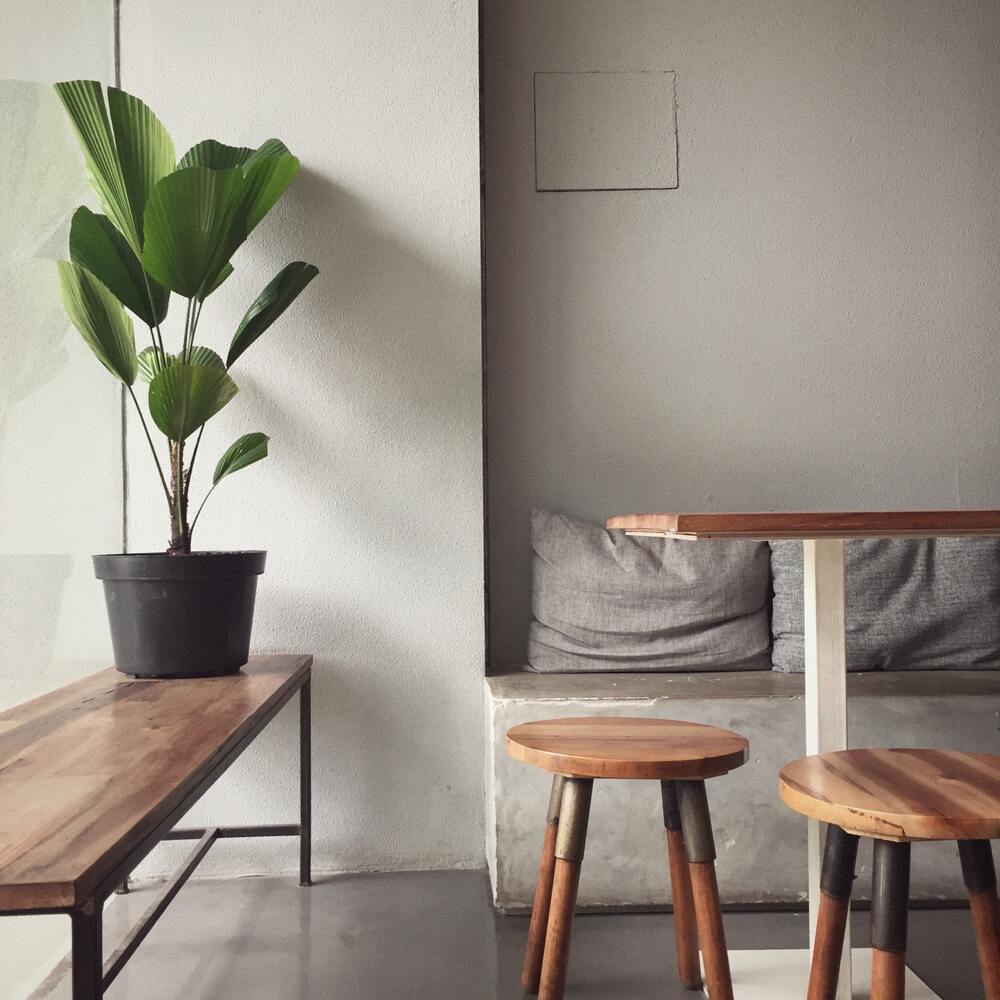
Types Of Plants For Indoor Spaces
When curating plants for an interior setting, it's vital to select species that not only complement your wooden elements but also thrive in indoor conditions.
- Succulents
Known for their low-maintenance care regimen, these plants are ideal for those new to the world of indoor gardening. They require minimal watering and can thrive in a variety of light conditions.
Beyond their ease of care, succulents offer a modern, minimalist aesthetic. Their geometric shapes and varying shades of green and purple complement wooden elements exceptionally well, making them a top choice for contemporary spaces.
- Ferns
Moving into more humid areas of the home, ferns stand out as the go-to choice. Bathrooms, in particular, provide the moist environment that most fern varieties crave. Ferns add a lush, verdant feel to your space, and their complex leaf structures offer intriguing visual texture. Paired with light-toned woods like pine or birch, ferns can create a serene, spa-like atmosphere, elevating the everyday experience of even the most mundane spaces.
- Flowering Plants
For those seeking to infuse their interiors with vibrant hues and captivating scents, flowering plants are the ideal candidates. Species like African violets, orchids, and peace lilies not only produce stunning blossoms but also serve as effective air purifiers.
These flowering plants bring a sensory richness to any room, offering both visual and olfactory delight. Their colorful petals can accentuate the natural grain and hue of wooden furnishings, achieving a harmonious balance that enlivens the senses.
Each of these plants has the power to transform your wooden interiors into a living, breathing sanctuary.
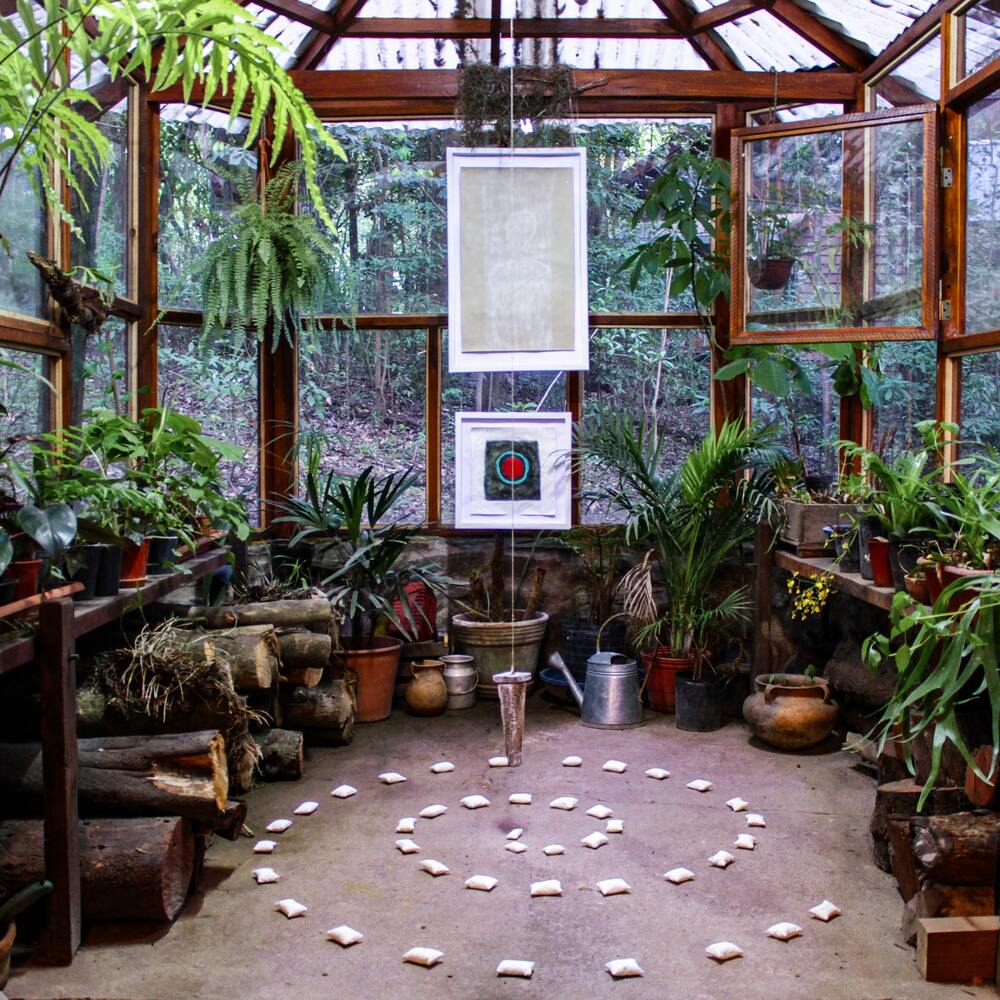
Considerations For Pairing Plants And Wood
Various factors must be meticulously assessed to ensure both elements not only coexist but thrive.
- Light Requirements
When selecting plants and deciding their placement, consider the amount of natural light your wooden furnishings will also experience. Hardwood can fade or change color with prolonged exposure to direct sunlight.
Similarly, different plants have varying light needs, ranging from low light for ferns to bright light for succulents. Strategically position these elements to meet their respective light requirements without compromising on aesthetics.
- Humidity Conditions
Humidity can be a double-edged sword in an interior setting. While certain plants, like ferns, thrive in humid conditions, excess moisture can be detrimental to wooden items, causing them to warp or rot over time. Consider installing a humidity monitor or utilizing dehumidifiers in rooms where these elements coexist to maintain a balance.
- Size And Scale
The visual impact of your design significantly depends on how well the size and scale of your plants match your wooden pieces. Large furniture pieces like dining tables or wardrobes should ideally be paired with taller plants like fiddle leaf figs or snake plants. Conversely, smaller wooden elements like shelves or end tables are more suited to petite plants like succulents or spider plants.
The successful union of plants and wood requires a nuanced understanding of their respective needs and attributes.
Practical Tips For Integration
After understanding the various elements and considerations involved in pairing plants and wood, the next step is effective implementation.
- Planters
When it comes to housing your plants, consider using wooden planters. These offer a consistent design language when paired with wooden furniture and fixtures. Additionally, the organic texture of wood-based planters complements the natural form of plants, creating a cohesive, unified appearance.
- Shelving
Utilizing wooden shelves for your plant displays serves a dual purpose. First, it elevates your plants, allowing them to capture more light, essential for their growth. Second, the wooden shelves act as a design extension of your other wooden furniture pieces. The result is a harmonious aesthetic that celebrates both flora and crafted wood.
- Furniture
The positioning of plants in relation to your wooden furniture can greatly enhance the overall ambiance. Placing plants directly on wooden tables or alongside wooden furniture pieces, like sofas or bookcases, can create visually pleasing focal points.
This also helps in drawing the eye, guiding visual flow throughout the room in a way that highlights both the natural elements and craftsmanship involved.
Effective integration of plants and wood is not just about placement. It's about choosing the right wood to complement your plants.
Conclusion
Uniting the natural elegance of plants with the timeless durability of wood elevates your interior to a sanctuary for both body and mind. By considering factors like light, humidity, and scale, and employing practical tips for integration, you can achieve a balanced and inviting space. So go ahead, invite nature into your home, and witness the transformative power of plants and wood working in harmony to enrich your life.

